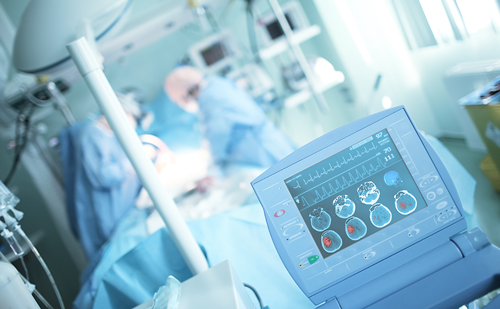Introduction: Undetected atrial fibrillation (AF) is suspected as the main cause of stroke in the majority of patients presenting with cryptogenic stroke (CS). Implantable loop recorders (ILRs) are indicated for the detection of AF in these patients. This allows for continuous monitoring for up to 3 years; however, nationally there is a delay in the implantation of ILRs as these procedures are generally performed as an outpatient.
Herein, we describe a novel inpatient pathway for the implantation of ILRs in CS. We describe the AF detection rate acutely in the first month and beyond. Second, we compare the safety of nurse-led vs physician-led ILR implantation in these patients.
Methods: This was a retrospective review of all patients who underwent inpatient ILR implantation (Medtronic Linq) between May 2020 and May 2022 at East Sussex Healthcare NHS trust. All patients underwent diagnostic testing including echocardiogram, carotid Doppler imaging and Holter monitoring before ILR implantation to rule out other causes of stroke. All patients were remotely monitored via the FOCUSONTM monitoring and triage service.
Results: A total of 186 patients were included in the study and were followed up for a mean period of 363.0 ± 222.6 days. The average age was 68.7 ± 10.8, and 118 (63.4%) patients were male. The mean time between stroke and ILR was 7.0 ± 5.5 days. The mean time between referral and ILR was 1.0 ± 2.0 days. AF was detected in 25 (13.4%) patients. During the first 30 days of monitoring AF was detected in 9 (5.35%) patients.
A total of 107 (57.5%) implants were performed by a specialist nurse. There was no significant difference in the major complication rate (requiring device removal) between nurse- and physician-led implant (1 [0.95%] vs 0 [0%]; p=0.389).
Conclusion: Inpatient ILR for cryptogenic stroke was feasible. The rate of AF detection in the first month post CS was 5.35%; however, more AF was detected up to 1 year post implant suggesting rationale for proceeding directly to ILR implant in these patients before discharge in order to not delay treatment. A nurse-led service was also viable with no significant difference in the major complication rate compared with physician-led implants.







